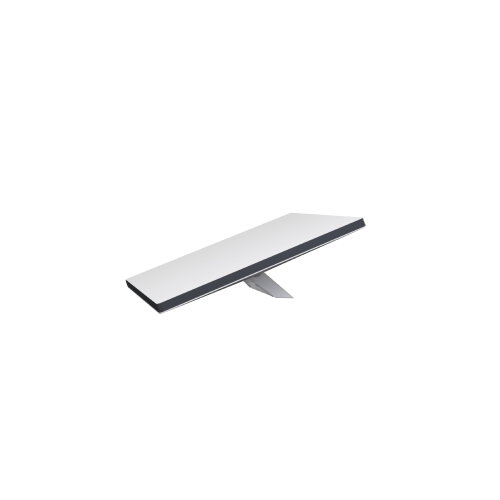Introduction
Imagine being on a beautiful, remote camping trip with your RV, only to find out that your new, expensive Starlink Mini Dish cannot provide the strong, reliable Wi-Fi you need. The excitement around the new Starlink Mini Dish has many RVers eager to upgrade, but it is important to consider if this innovative technology is the best fit for our unique needs. Despite the hype, the Starlink Mini Dish is not the best choice for RVers. The new Mini Dish is more expensive and has monthly data caps, a smaller receiver and Wi-Fi radius, and a Wi-Fi router location that is less practical for RV use.
Higher Costs and Data Caps
One of the primary concerns with the Starlink Mini Dish is its cost and data limitations. Priced at $599, it is significantly more expensive than the Generation 3 kickstand dish, which costs $499. For RVers who are mindful of their budget, this price difference is substantial. Moreover, the Mini Dish comes with a 50 GB data limit, with additional data costing $1 per GB. In contrast, the Generation 3 kickstand dish offers unlimited data, which is crucial for RVers who rely on stable, high-speed internet for work, streaming, and staying connected while on the road. The last thing you want during your travels is to worry about exceeding your data limit and incurring additional costs.
Limited Coverage and Performance
The performance and coverage of the Mini Dish also fall short compared to the Generation 3 kickstand dish. The Mini Dish provides Wi-Fi coverage of up to 1,200 square feet, whereas the Generation 3 dish covers a much larger area of 3,200 square feet (about the area of a tennis court). For RVers, who often need a broader Wi-Fi radius to accommodate multiple devices inside and outside their RV, the larger coverage area is essential. Additionally, the speed of the Mini Dish ranges from 50-100 Mbps, while the Generation 3 dish offers speeds of 150-250 Mbps. This difference in speed can significantly impact your online experience, especially when multiple users are connected.
Inconvenient Router Placement
Another critical issue with the Mini Dish is the placement of its Wi-Fi router. The router is integrated into the dish itself, which is usually placed outside the RV and can be up to 50 feet away to achieve a clear view of the sky. This setup can result in weaker Wi-Fi signals inside the RV, leading to poor connectivity where you need it most. On the other hand, the Generation 3 kickstand dish has a separate router that can be placed inside the RV, ensuring strong Wi-Fi signals throughout the interior regardless of the dish’s external placement. This distinction is vital for RVers who need reliable internet access inside their RV for work, entertainment, and communication.
| Starlink | “Mini” Dish | “Kickstand” (Gen 3) dish |
| Service Plan | “Mini Roam” | “Mobile Regional” |
| Service Plan Fee | Unknown | $165/ |
| Data Limit | 50 GB (Additional data $1/GB) | Unlimited |
| Speed | 50-100 Mbps | 150-250 Mbps |
| Hardware Cost | $599 | $499 |
| Pause Service | No | Yes |
| Coverage Area | 1,200 sq ft | 3,200 sq ft |
| Availability | Invitation-Only Limited Offering | Now |
Monthly Subscription: The ROAM UNLIMITED service costs approximately $165 per month, which provides unlimited data and a reliable connection. CLICK HERE to get one-month of free service at sign up.
Conclusion
In conclusion, the new Starlink Mini Dish, despite its initial appeal, is not the best choice for RVers. Its higher cost, data caps, limited coverage, and inconvenient router placement make it less suitable for our needs. The Generation 3 kickstand dish is a better option. Before you rush to buy the latest tech, think about what truly meets your needs. Aim for a comfortable and connected RV experience. Consider these factors carefully. Advocate for fellow RVers to make informed decisions that enhance our adventures, not complicate them. Let us prioritize practicality and reliability over novelty, ensuring that our journeys remain seamless and enjoyable.
Aaron M. Scullin
Owner, Hitched4fun.com
#hitched4fun #rvlife #rvcamping #starlink #techfortravel #digitalnomad #rvinternet #rvtech #travelsmart #outdoorlife #campinggear #vanlife #wifionthego #stayconnected #adventureawaits #highspeedinternet

